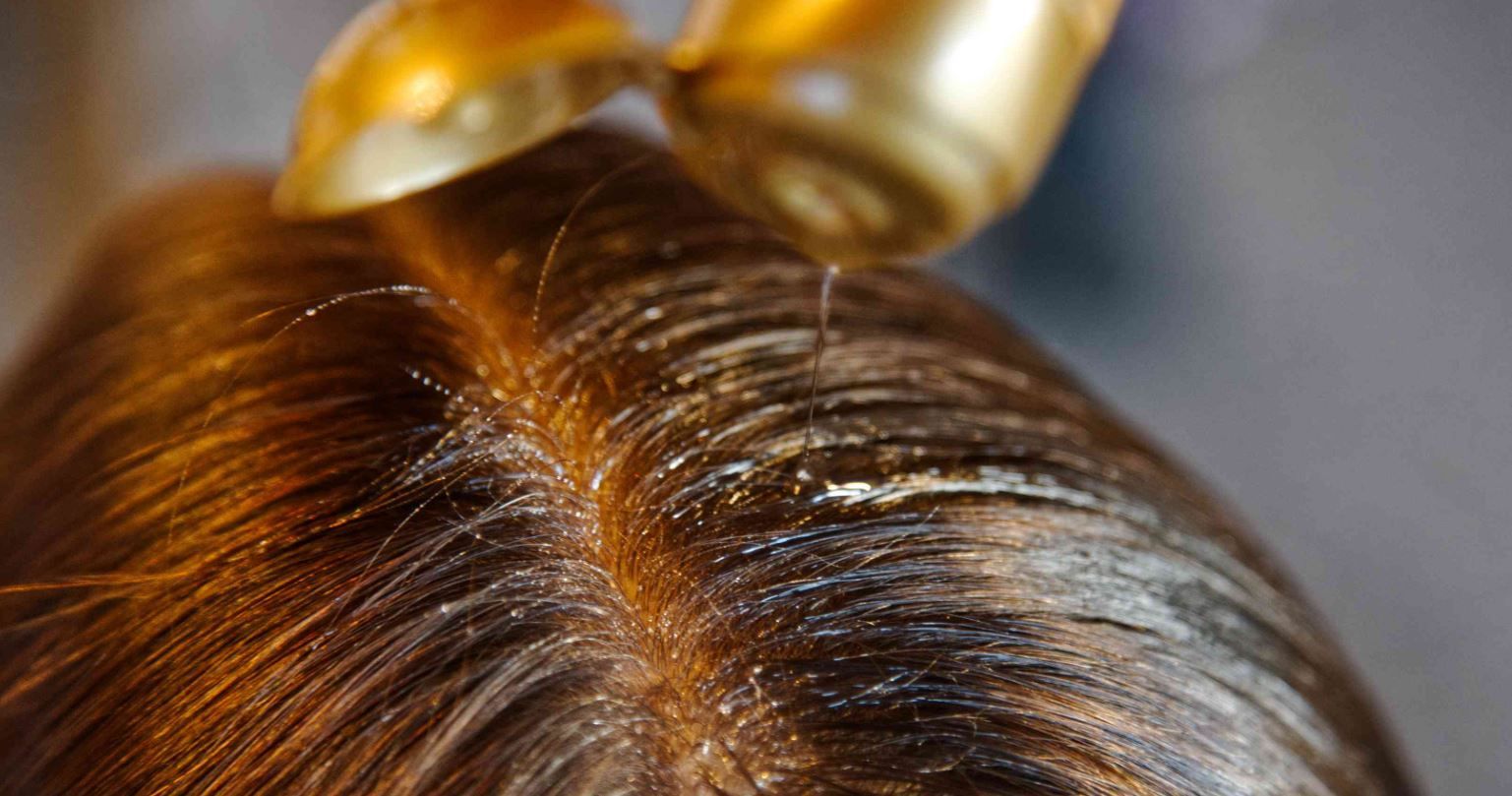How to Make Rosemary Oil for Hair at Home Easily
For beauticians and hair care enthusiasts alike, the natural elements of rosemary oil make it a must-have in achieving lush, healthy locks. Wondering how to make rosemary oil for hair? Whether you're looking to enrich your salon treatments or recommend customized options for your clients, creating this incredible elixir at home is simpler than you think. Read on as we guide you step-by-step, ensuring the results deliver nothing but perfection.
:max_bytes(150000):strip_icc()/hair-oil-test-living-proof-no-frizz-vanishing-tstaples-994-7a99aff89f52461a8f5b9e693c759f34.jpg)
Why is Rosemary Oil a Miracle for Hair?
Before diving into how to make rosemary oil for hair, lets explore some compelling benefits that make this natural ingredient a favorite in the beauty industry:
- Promotes hair growth: Rosemary oil stimulates blood circulation to the scalp, encouraging faster and thicker growth.
- Reduces dandruff: Its antimicrobial properties effectively combat dryness and flakiness.
- Strengthens hair follicles: By nourishing the roots, it reduces brittleness and breakage.
- Soothes itchy scalp: The natural anti-inflammatory properties of rosemary make it ideal for sensitive skin.
For more insights on hair growth benefits, explore this detailed article from Livana Natural.
Easy DIY Recipe: Making Rosemary Oil at Home
Now, lets jump straight into how to make rosemary oil for hair. Follow this easy recipe and create your oil like a pro:
What Youll Need:
- Fresh rosemary sprigs (about 5 to 7 sprigs)
- A carrier oil (olive oil, coconut oil, or almond oil)
- Glass jar with a tight lid
- Strainer
Step-by-Step Instructions:
- Prepare the Rosemary: Rinse the fresh rosemary sprigs to remove any dirt or debris. Pat them dry thoroughly to prevent mold during the infusion process.
- Add to Glass Jar: Place the rosemary sprigs inside a clean glass jar. This will be the base for your infusion.
- Pour the Carrier Oil: Pour your chosen carrier oil into the jar, fully submerging the rosemary. The oil-to-rosemary ratio should be balanced to ensure effective infusion.
- Infuse the Oil: Seal the jar tightly and place it in a sunny spot for 2 to 4 weeks. Shake the jar gently every few days to redistribute the rosemary's natural oils.
- Strain and Store: After the infusion period, use a strainer to separate the oil from the rosemary sprigs. Transfer the oil into a clean glass bottle for storage.
For professional advice on choosing the right carrier oil for hair, you may want to visit this helpful guide.
Alternative Methods: Quick Ways to Make Rosemary Oil
If youre short on time or need a faster infusion process, here are two alternative methods for how to make rosemary oil for hair:
Method 1: Heat-Infused Oil
In this method, heat expedites the process, making it ideal for last-minute preparations:
- Add rosemary sprigs and carrier oil to a saucepan.
- Heat on low for 5 to 7 minutes, ensuring the oil doesn't overheat as it may lose its nutrients.
- Allow the oil to cool, strain the mixture, and store.
Method 2: Dried Rosemary Option
If fresh rosemary isnt available, you can use dried rosemary for similar results. Simply follow the same steps, but reduce the infusion time to 1 to 2 weeks as the herbs are more concentrated.
How to Use Rosemary Oil for Hair
Now that you know how to make rosemary oil for hair, lets discuss how to use it effectively to achieve stunning results:
1. Scalp Massage
Warm a small amount of rosemary oil and gently massage it into the scalp. Let the oil sit for 30-60 minutes before washing it out with a mild shampoo. This helps enhance blood circulation.
2. Add it to Shampoo
Mix a few drops of rosemary oil into your regular shampoo or conditioner for daily nourishment and repair. For more tips, check out this article.
3. Hair Mask
Create a nourishing hair mask by combining rosemary oil with avocado or honey. Apply this mask, cover with a shower cap, and rinse after 20 minutes.
Precautions and Tips for Using Rosemary Oil
While rosemary oil is generally safe, here are some precautions to keep in mind:
- Always perform a patch test before using it to avoid allergic reactions.
- Never apply pure rosemary oil directly; dilute it with a carrier oil.
- Store the oil in a cool, dark place to keep it fresh and effective.
FAQs
1. Can rosemary oil be used daily?
Its best to use rosemary oil 2-3 times a week to avoid over-oiling and clogging pores.
2. Does rosemary oil work for all hair types?
Yes, rosemary oil is versatile and works effectively for all hair types, including curly, straight, and textured hair.
3. How soon will I notice results?
Regular use for at least 2-3 months often yields noticeable improvements in hair quality and growth.
For inspiration on other natural remedies, explore this blog on Livana Natural that highlights the wonders of essential oils.

Conclusion
Learning how to make rosemary oil for hair is a rewarding addition to any beauticians toolkit. Its myriad benefits not only nourish the hair but also offer a customizable, premium touch to your salon services. Whether you infuse it traditionally or choose a quick method, the results are bound to delight both you and your clients. Happy DIY-ing!
This article contains affiliate links. We may earn a commission at no extra cost to you.

